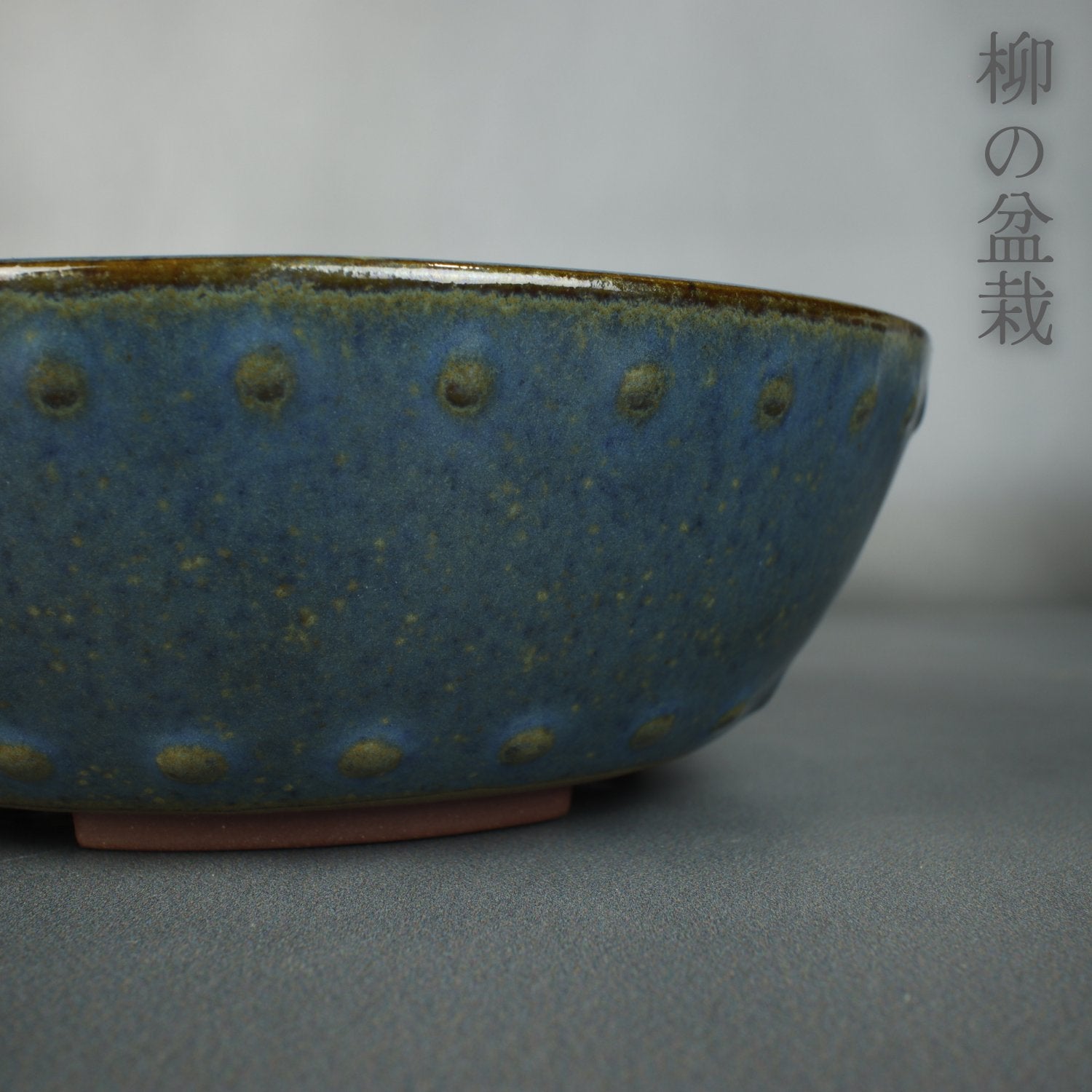

Winter spraying is a crucial aspect of bonsai tree care, as it plays a vital role in preventing the infestation of pests and diseases. The winter season is a time when most bonsai trees are dormant, making it an ideal time to apply pesticides and insecticides without harming the tree's delicate foliage. The low temperatures of winter slow down the activity of pests and diseases, making it easier to control them.
Winter spraying protects bonsai trees from a wide range of pests and diseases that could damage or even kill the tree. These pests include spider mites, mealybugs, scale insects, and aphids, among others, while common diseases that affect bonsai trees include root rot, powdery mildew, and black spot. If left unchecked, these pests and diseases can cause significant damage to the bonsai tree, leading to stunted growth, wilting, leaf discoloration, and even death.
Winter spraying is also essential for preventing the spread of pests and diseases from one tree to another. Bonsai trees are often kept in close proximity, and an infected tree can easily spread the infestation to others nearby. By regularly spraying bonsai trees during winter, the likelihood of the spread of pests and diseases is significantly reduced, ensuring the health of the entire collection.
Furthermore, winter spraying is an eco-friendly and cost-effective way of controlling pests and diseases on bonsai trees. As the tree is dormant during this season, it requires less pesticide to achieve the desired effect. This results in fewer chemicals being used, reducing the risk of harm to the environment, wildlife, and the gardener.
Top Tip : Do Not Spray Australian Native Bonsai With Lime Sulphur, They will drop all of their leaves. They will grow back though.
Bonsai trees are susceptible to a range of pests and diseases that can cause significant damage to the tree if not properly controlled. Understanding the most common pests and diseases that attack bonsai trees is essential for preventing and treating infestations.
One of the most common pests that attack bonsai trees is spider mites. These tiny, eight-legged arachnids feed on the sap of the tree, causing yellowing and wilting of the foliage. Another common pest is scale insects, which feed on the sap of the tree and secrete a sticky substance that attracts ants and promotes the growth of black mold. Mealybugs are also common pests that leave a white, cottony residue on the tree and suck the sap from the leaves and stems, causing wilting and yellowing.
Other pests that attack bonsai trees include aphids, which suck sap from the tree and transmit viruses, and caterpillars, which can defoliate a tree if left unchecked. In addition to pests, bonsai trees are also susceptible to several diseases, including root rot, which is caused by a fungal infection and can lead to the decay of the roots and death of the tree. Powdery mildew is another fungal disease that causes a white, powdery coating on the leaves and stems, while black spot causes black, circular lesions on the leaves.
Bonsai trees are also vulnerable to bacterial infections, such as bacterial canker, which causes the stems to turn brown and die back. Leaf spot is another common bacterial disease that causes circular spots on the leaves and can lead to defoliation.
Lime sulphur is a common winter spray used for the maintenance of bonsai trees among enthusiasts and professionals. The spray is composed of sulphur and lime, and when applied to trees, it serves as an effective control measure against pests and diseases, as well as a foliage cleaner and a means of maintaining the tree's deadwood which is called Jin or Shari.
Lime sulphur works by penetrating the outer layers of the tree's bark, killing any pests or diseases that may be present. The spray is also effective in preventing the growth of new pests and diseases, as it creates an environment that is unfavourable for their development, This is why it is applied as w inter spray as the cold wet season is a breeding ground for disease and the fresh growth in spring brings and army of pests.
One of the main advantages of using lime sulphur as a winter spray for bonsai trees is its effectiveness in controlling pests and diseases. It is particularly effective against spider mites, scale insects, and mealybugs, all of which can cause significant damage to bonsai trees if left unchecked. In addition, lime sulphur can help to control fungal diseases, such as powdery mildew and black spot, which can be difficult to manage with other treatments. It is important to note that Lime Sulphur is effective against a wide range of pests and disease all through out the year not just winter, but a good preventative spray over winter is your front line defence in prevention.
Another advantage of using lime sulphur is its ease of application Especially when used with a Pest and Disease Sprayer. The spray can be applied directly to the tree, It will need to be diluted to 20ml to 1L of water so the bottle will last you a long time.
However, there are some potential disadvantages to using lime sulphur as a winter spray for bonsai trees. The spray has a strong odour, which can be unpleasant for some people. It can also cause discoloration of the tree's foliage ( pale white colour ), particularly if over-applied or applied during periods of high humidity. This will wash off over the winter period though and in my experience I haven’t seen this staining from the 20ml to 1L ratio. Additionally, lime sulphur is not effective against all pests and diseases, and may need to be supplemented with other treatments in some cases.
Winter spraying is an important part of bonsai tree maintenance, but it is essential to take safety measures to ensure that both the tree and the gardener are protected from harm. Here are some safety measures to consider when winter spraying bonsai trees.
Firstly, it is important to wear appropriate personal protective equipment (PPE) when handling and applying pesticides. This includes gloves, a mask, safety glasses and protective clothing. The PPE should be of high quality, and appropriate for the type of pesticide being used. For example, when handling lime sulphur, a mask with a respirator should be worn to prevent inhalation of fumes and safety glasses should be worn as the spray can drift into your eyes with a gentle breeze.
Secondly, it is important to carefully follow the instructions on the pesticide label. The label will contain information on the appropriate application rate, timing, and method, as well as any precautions that should be taken when handling and applying the pesticide. Failure to follow these instructions can result in ineffective pest control or unintended harm to the tree or the environment.
Thirdly, it is important to avoid spraying on windy or rainy days. Strong winds can cause the pesticide to drift onto unintended targets or over your skin or in your eyes, while rain can wash away the pesticide before it has a chance to be effective. Spraying should also be avoided during extreme temperatures, as this can affect the efficacy of the pesticide.
Fourthly, it is important to store pesticides properly, away from children and pets. Pesticides should be kept in their original containers, and stored in a cool, dry place. They should also be stored away from food and water sources to prevent contamination.
Lastly, it is important to clean and dispose of all equipment and containers properly after use. Any leftover pesticide should be disposed of according to local regulations, and empty containers should be rinsed thoroughly and disposed of in an appropriate manner.
Top Tip : If you have cats or any other animals that can easily get to your trees make sure they are kept away from the trees until the pesticides dry, Especially lime sulphur. The smell will attract cats and while it is commonly used in veterinary practise to treat disease it shouldn’t be ingested without professional advice. If your trees are on the ground the same applies for dogs or any other animal.
That’s right, when winter spraying bonsai we also spray the bench to kill any spores that may be hanging around which can later be transferred to your tree. Give the tops bottoms and legs a good spray to try and kill anything that might pop up later on. Once again be mindful if you have Australian Natives not to get over spray on them as they will drop their leaves in protest if you do.
if your winter season is fairly dry and warm just one spray at the beginning of the season should suffice, if you have colder damp winters though one at the start of winter and one mid winter will be your best defence. Once spring starts you will need to monitor your trees that have fresh new foliage for pests like aphids which attack new fleshy growth. In my experience I have found that trees that were winter sprayed are less likely to be attacked then those that didn’t get sprayed. Although its not guaranteed you wont get any pests it will reduce your chances greatly. It is always good to have a pesticides such as Conguard and lime sulphur on hand so if you do get pests you can act fast and don’t have to wait for shipping.
Bonsai trees are beautiful and delicate plants that require careful attention to maintain their health and vitality. Winter spraying is just one aspect of bonsai tree maintenance, and there are several other steps that enthusiasts can take to ensure that their bonsai trees remain healthy and strong.
Savings opportunities
Shop Tools And Accessories

Author : Joshua Hooson
Joshua Hooson is an author and enthusiast of the art of bonsai. He has built his knowledge and understanding of bonsai through a combination of self-experience, lessons learned through hands-on practice, and extensive research. His articles reflect his passion for the subject and offer insights gained through his own personal journey in the world of bonsai. All the information provided in his works is a result of his own experiences and the knowledge he has gained through his studies. He is dedicated to sharing his love of bonsai and helping others grow in their understanding and appreciation of this ancient and beautiful art form.












